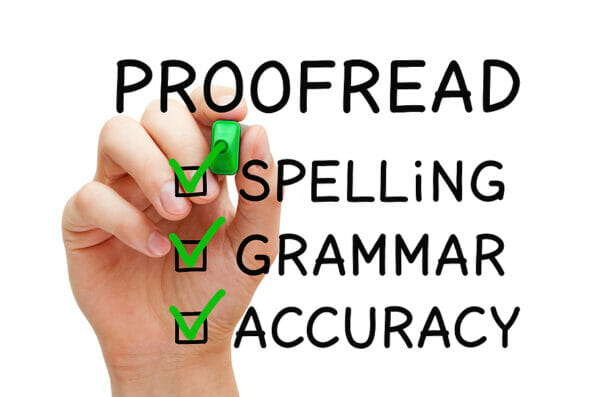Developing a basic writing style guide for a company or product is essential to its success. The way information is written, displayed, and communicated sets the tone for the entire brand.
Have you ever skipped over a LinkedIn job posting because there were grammar mistakes? Who really wants to work for a company that doesn’t take pride in how they present themselves?
That is the question your audience will be asking themselves if your company or product doesn’t have a basic understanding of how to create a successful style guide. There are lots of tools and tech out there to help, and The Word Counter is a great place to start.
Voice & Tone
Voice and tone are at the core of any company’s brand, and can work against you when you don’t understand their purpose and difference. Your company’s identity is its voice, and its tone is how that voice or message is expressed.
A basic style guide can steer the brand away from language that isn’t suitable and define the company’s ideal voice and tone. A tool like The Word Counter can help. It underlines writing mistakes and tracks your word and character count at the top of the page. Your frequently used words are also highlighted so as to help with redundancy. This also goes a long way to achieve consistency across the company channels.
Grammar & Punctuation
If a company can’t get grammar and punctuation correct via a basic style guide, they probably won’t last long. Any credible company needs to maintain high standards when it comes to its written text.
A dynamic online tool like The Word Counter, can be used to create and maintain your style guide and its standards. It checks for all the tedious details that are crucial in maintaining your company’s professionalism. This tool is perfect for counting words, characters, sentences, and paragraphs as well as spelling and grammar editing.
Don’t risk your company’s reputation with poor grammar and punctuation, especially when there is no longer an excuse for it with a product like The Word Counter. Develop your company’s style guide to explain the most commonly confused items like the placement of the Oxford comma and/or the em and en dashes, and suddenly everyone is an expert in avoiding these common errors.
Channel Distribution
Knowing your audience, or channel distribution are the most important parts of your basic style guide. It should specifically be designed for copywriters and digital marketers in relation to the various mediums that information will be communicated. The Word Counter tool can help by tracking the length of text against the common web standards: Twitter’s tweet character count (140), Google’s meta description (300), and Facebook’s average post display length (~250).
More importantly than character count, a style guide can help ensure that the true tone of the company is being expressed (and not stifled) when adhering to the different parameters of the distribution channels.
A style guide will keep consistency across your channels. For example, maybe you can have a less formal voice on the company’s Facebook account than their website, and a well planned style guide will keep the message aligned.

Branding Guidelines
Every style guide needs to have a visual and editorial section in order to achieve consistent and successful branding.
Visual branding in the style guide would consist of corporate graphics and applications and variations of the logo design standards. Company color palettes, typography like font, sizes, spacing, etc. are all part of the visual style guide. A major benefit to a style guide helps create cohesion and consistency. It is important to maintain the visual company standards across the website and social media accounts.
An editorial style guide will include specific rules surrounding the company voice and tone. Specifically, active versus passive and first person usage, etc. Many companies adhere to the Chicago Manual of Style or Associated Press, but as long as it’s clearly organized in a style guide, organizations may elect to individualize their own set of standards.
Style guides that define the company image from a visual and editorial perspective will ensure a cohesive brand.
Consistency
A company’s voice and tone, awareness of channel distribution and branding guidelines are everything you need to create the most important element for your company’s success – consistency.
Consistency creates a cohesive experience for your customers, so they will know what to expect whenever they interact or “see” your organization. Consistent branding can help your product or company stand out and make sure their key messages are delivered. By keeping control of branding guidelines and execution, marketers can successfully manage customer perception from the beginning of their engagement all the way through to the buyer decision making process. Pretty impressive accomplishment for a basic style guide.
Image Source:: BigStockPhoto.com (LIcensed)
Related Categories: Language, Reviews








